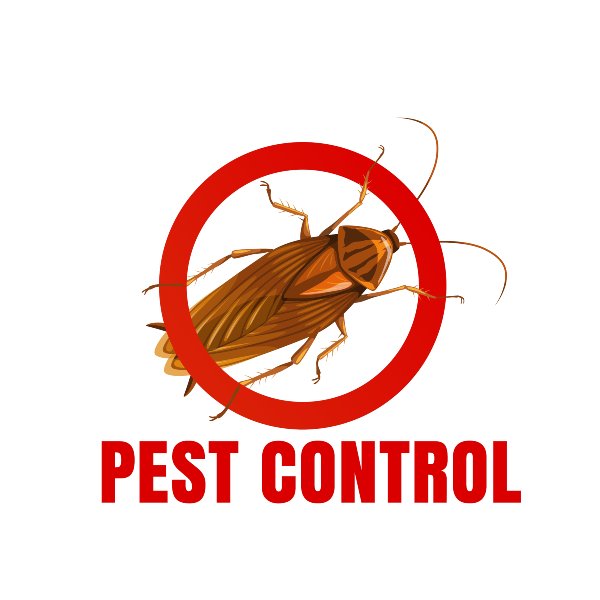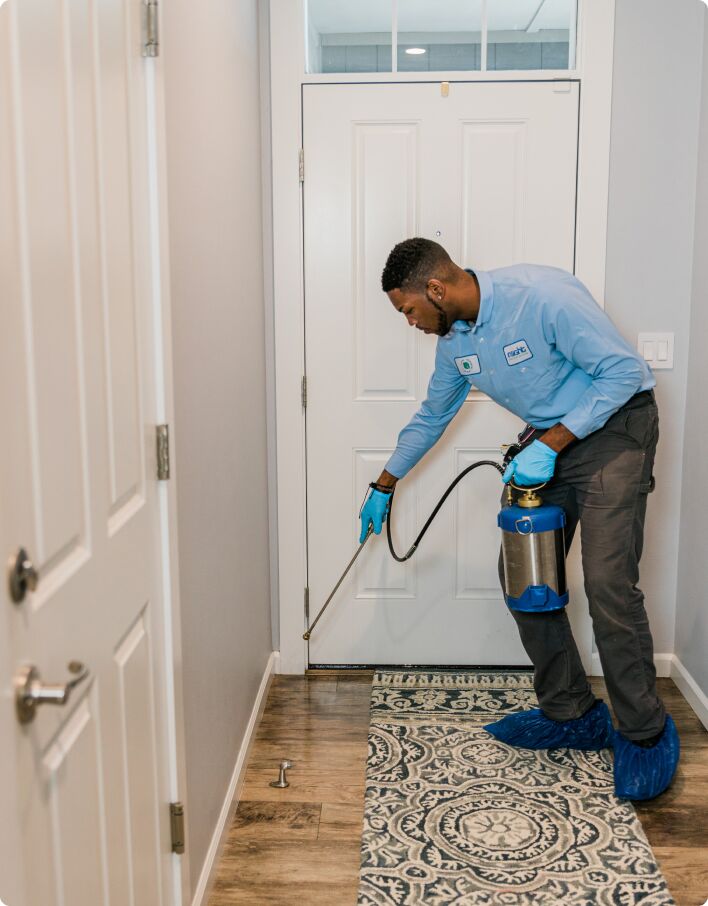A1 Charlotte Pest Control Companies - Your Local Pest Professionals
Bed Pest Treatment Breakdown: Contrasting Chemical Vs. Non-Chemical Solutions
In the world of parasite control, especially when handling the relentless problem of bed pests, the selection in between chemical and non-chemical therapy options can be a pivotal one. Both strategies provide distinctive benefits and downsides, affecting aspects such as effectiveness, safety factors to consider, and overall price. By taking a look at the nuanced details of each method, a clearer understanding of which course to pursue in resolving a bed insect invasion can be achieved.
Performance of Chemical Therapies
Chemical treatments for bed pest infestations have actually been widely identified for their potent and fast efficiency in getting rid of these parasites. When taking into consideration the efficiency of chemical treatments, it is essential to understand that they can give a quick and comprehensive option to a bed bug trouble. Specialist pest control men commonly rely on pesticides to target bed bugs at various phases of their life cycle, including adults, fairies, and eggs. These chemicals commonly function by interfering with the bed bugs' nerve system, leading to paralysis and eventual fatality.
In addition, chemical treatments have the advantage of providing residual impacts, indicating that they can remain to eliminate bed pests also after the initial application. This residual activity is specifically valuable in combating any type of prospective re-infestations. Furthermore, the rapid activity of chemical therapies can bring alleviation to people encountering severe bed insect problems, allowing them to restore control of their home rapidly.
Safety And Security Issues With Chemical Solutions
When making use of chemical options for bed insect therapy is making certain the safety and security of passengers and the setting,One vital aspect that requires cautious consideration. While chemical treatments can be effective in eliminating bed pests, they might pose dangers if not handled appropriately. Among the primary safety worry about chemical solutions is the potential harm they can cause to human health. Exposure to particular chemicals made use of in bed pest treatments can result in respiratory issues, skin irritability, or other negative reactions, particularly in people with pre-existing conditions or sensitivities. Furthermore, inappropriate application or dosage of chemical pesticides can lead to hazardous residues remaining in the treated area, presenting long-lasting wellness dangers to occupants.
Additionally, the environmental influence of chemical options is an additional considerable consideration. Some chemicals used in bed bug treatments may be harmful to useful pests, wildlife, and ecosystems if they leach into the dirt or water supply. It is important to make use of chemical therapies judiciously, following safety and security guidelines, and considering less hazardous options to minimize these threats and make sure the reliable and risk-free administration of bed bug invasions.
Advantages of Non-Chemical Methods
Considering the prospective safety worries and ecological impact connected with chemical options for bed bug therapy, discovering non-chemical methods offers a promising option with a number of unique advantages. Non-chemical methods supply a safer option for homes, especially those with youngsters, people, or animals delicate to rough chemicals. These strategies remove the dangers of direct exposure to toxic substances, reducing the potential for damaging health impacts. Furthermore, non-chemical treatments are eco-friendly, as they do not add to air or water pollution, making them a sustainable selection for parasite control.
In addition, non-chemical solutions can be reliable in targeting bed my link pests, consisting of hard-to-reach locations where chemical treatments might not penetrate. Methods such as heat therapy, vacuuming, heavy steam cleansing, and bed mattress coverings supply thorough eradication without using hazardous chemicals. In addition, non-chemical techniques can be much less disruptive, needing very little preparation and enabling quicker reentry into dealt with locations. Overall, choosing non-chemical bed insect therapy techniques not just focuses on security and ecological protection however additionally ensures reliable and extensive insect control.
Limitations of Non-Chemical Treatments

Furthermore, non-chemical therapies typically call for multiple applications to accomplish effective eradication. This can be taxing and may not always ensure full removal of all bed insects and their eggs, specifically in covert or hard-to-reach places.
Additionally, the success of non-chemical treatments heavily counts on correct execution and thoroughness, which can be challenging for people without specialist experience. Inadequate application of non-chemical techniques might result in incomplete elimination, leading to persistent problems and the need for extra treatments.
Consequently, while non-chemical therapies have their benefits, it is vital to recognize these constraints and consider them when determining the most effective approach for handling bed pest problems.
Expense Comparison: Chemical Vs. Non-Chemical Options
Offered the restrictions connected with non-chemical therapies, an important aspect to examine in the context of bed pest monitoring is the price comparison in between chemical and non-chemical options. Chemical therapies typically include the application of pesticides by specialists, which can range from $250 to $900 per area, depending on the intensity of the problem and the dimension of the area to be dealt with. On the other hand, non-chemical treatments like heat treatment or heavy steam look at these guys can be more pricey, with expenses varying from $1,000 to $6,000 for an entire home. While the first price of chemical treatments might seem reduced, numerous treatments might be needed to fully remove the problem, possibly raising the general cost. On the various other hand, non-chemical alternatives might supply a more lasting and green solution, although they can be termite control in my area cost-prohibitive for some people. Ultimately, when thinking about the expense of bed insect treatment alternatives, it is crucial to consider the in advance expenses versus the performance and lasting sustainability of the picked method.
Conclusion

Taking into consideration the prospective security issues and environmental influence associated with chemical solutions for bed insect therapy, exploring non-chemical strategies presents an appealing option with numerous unique advantages.Offered the limitations linked with non-chemical therapies, an essential facet to assess in the context of bed pest monitoring is the expense comparison in between chemical and non-chemical alternatives. In contrast, non-chemical treatments like heat therapy or vapor can be much more pricey, with prices ranging from $1,000 to $6,000 for an entire home. While the initial cost of chemical treatments might appear reduced, numerous therapies may be required to totally eliminate the problem, possibly enhancing the total expense.In verdict, when comparing chemical and non-chemical bed insect therapy alternatives, it is essential to think about effectiveness, safety and security, advantages, constraints, and expense.